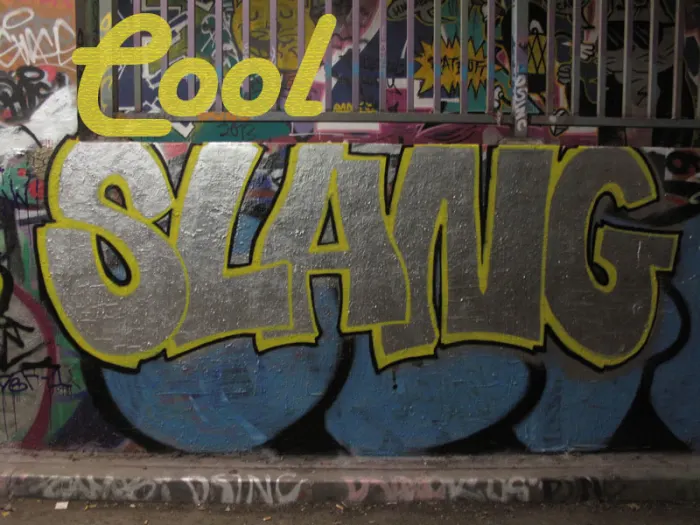
Chillin’ with the Cool Slang: Speak Like a Pro
- by Touseeq Muhammad
- Posted on October 9, 2024
Slang is more than just informal language; it’s a vibrant expression of culture, identity, and creativity. Whether you’re chatting with friends, engaging in online conversations, or trying to connect with a younger audience, understanding cool slang can elevate your communication. In this article, we’ll explore what slang is, its importance, popular examples, and tips to incorporate it into your daily language.
What is Slang?
Slang refers to informal words and phrases that are often specific to particular groups or communities. It evolves quickly, with new terms popping up regularly, influenced by culture, technology, and social trends. While cool slang can enhance casual conversation, it’s essential to understand the context in which it’s used to avoid misunderstandings.
Why Use Slang?
- Cultural Connection
Using slang can help bridge generational and cultural gaps. It allows you to connect with people from different backgrounds and shows that you’re in tune with contemporary language trends.
- Expressiveness
Slang often conveys emotions and attitudes more effectively than formal language. A well-placed slang term can add humor, emphasis, or a sense of camaraderie to your conversation.
- Creativity and Playfulness
Language is constantly evolving, and slang reflects that creativity. Embracing cool slang can make your speech more dynamic and engaging.
Popular Cool Slangs
- Bet
Meaning: “Okay” or “I agree.”
Example: “You coming to the party?” “Bet!”
- Lit
Meaning: Exciting or excellent.
Example: “That concert was lit!”
- Salty
Meaning: Upset or annoyed.
Example: “She was salty about not getting invited.”
- Flex
Meaning: To show off or boast.
Example: “He’s just trying to flex with his new car.”
- GOAT
Meaning: Greatest Of All Time.
Example: “Michael Jordan is the GOAT of basketball.”
- Vibe Check
Meaning: Assessing the atmosphere or mood.
Example: “Let’s do a vibe check before we start the meeting.”
- Lowkey/Highkey
Lowkey: To keep something discreet.
Highkey: To be open about something.
Example: “I lowkey love this song.” / “I highkey need a vacation.”
Tips for Incorporating Slang
- Know Your Audience
Understanding who you’re speaking to is crucial. Slang can vary widely between different age groups and cultural backgrounds. Use it appropriately to avoid coming off as insincere.
- Context is Key
Slang can have different meanings based on context. Be mindful of the situation and ensure that your slang usage fits the conversation.
- Stay Updated
The cool slang evolves rapidly. Stay informed about new terms and phrases to keep your language fresh and relevant. Following social media trends or youth culture can be helpful.
- Use Sparingly
While slang can enhance your communication, overusing it may come off as trying too hard. Balance is essential for maintaining clarity and professionalism, especially in mixed company.
- Practice Makes Perfect
The more you use slang in appropriate contexts, the more natural it will become. Engage in conversations with friends or immerse yourself in environments where slang is prevalent.
Conclusion
Mastering cool slang can enhance your communication, making it more relatable and engaging. By understanding its cultural significance and using it thoughtfully, you can connect with others in a fun and meaningful way. So go ahead—chill with the cool slangs and speak like a pro!
Slang is more than just informal language; it’s a vibrant expression of culture, identity, and creativity. Whether you’re chatting with friends, engaging in online conversations, or trying to connect with a younger audience, understanding cool slang can elevate your communication. In this article, we’ll explore what slang is, its importance, popular examples, and tips to…